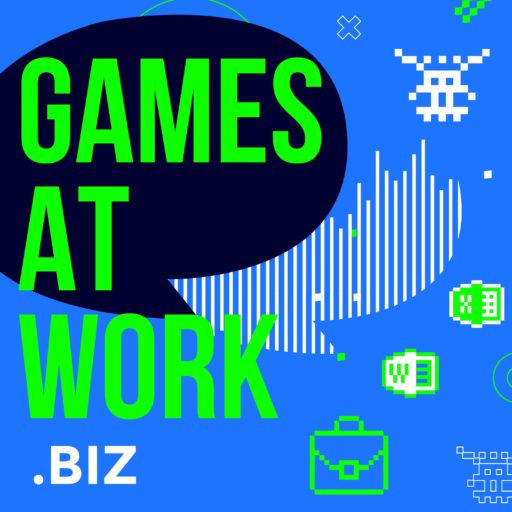The whole gang miraculously shows up for a end of summer episode. We look at lessons we can learn from drug dealers and how they play the business game. We look at how games can impact a business – like Michael R’s favorite game “Dungeon’s and Dragons.” After a bit of brain storming, based on our favorite GameStorming activities. We also try to figure out how you can segment your brain to address appropriate gaming techniques like two to N dimensional problems. Sandy leverages this idea to help drive the ideas behind the “Educ∞ Game”. Perhaps we can actually drive this “Career Advising Game” across multiple universities to change the way students can identify appropriate classes for their career choice.
Michael M can’t wait for next week’s show to address non-linear processing and murmuration. In the mean time he will recording an interview with the founders of GraviTalent.
Links:
Business Lessons from The Sinaloa Drug Cartel
The Ambush At Sheridan Springs
GameStorming
Plague, Inc.
Zombie Game at CDC
Connected Fridge Tumblr (NSFW)
Gravi-Talent
Games we are playing:
Michael M. – Kim Kardashian Game
Sandy K. – Monopoly and Spoons
Michael R. – Clash of Clans
Podcast: Play in new window | Download (Duration: 30:45 — 21.3MB) | Embed
Subscribe: Apple Podcasts | Spotify | Amazon Music | Android | Podcast Index | Youtube Music | RSS | More
